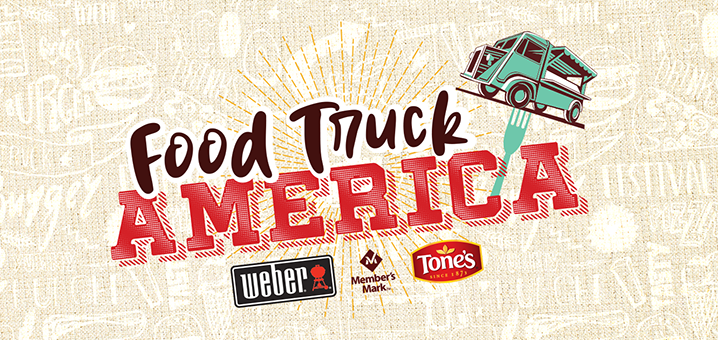Remember those summer afternoons when you would hear the tinkling of ice cream truck music and you would rush to grab your money and run out to get a tasty treat? Now, people are getting all sorts of food from food trucks. With pop culture catching on with shows like “The Great Food Truck Race” hosted by Tyler Florence, food trucks have become cool, hip places to grab a bite to eat.
However, there are 22 million kids in this country that can’t afford to eat — at a food truck or elsewhere — and who are in danger of going hungry this summer.
It’s not that low-income kids don’t have access to free meals in the summer; they do. In the summer, free meals are served to kids just like they are during the school year — in school cafeterias during summer camps or summer school programs. There is a stigma associated with showing up to the school to collect free meals, though, and so many students don’t take advantage of these programs over the summer. In some places, the gas prices are so high and families are so in need that they don’t have the money to drive to the school to get the meals, so kids go hungry.
In New Haven, Connecticut, Tim Cipriano, executive director of school food services for the city, is trying out a new plan. He is using food trucks to bring meals to hungry kids, and he’s hoping that bringing the meals to them will not only increase access to food, but will also reduce the stigma associated with receiving free meals. Even better, the program dictates that all kids under the age of 18- – low-income or not — can get the meals from the food trucks, so this method of distribution is quickly becoming a cool place for kids from all walks of life to come and get a good meal.
Last August, Cipriano piloted the program, and this year he is planning on serving more than 40,000 meals between July and August. Currently, he’s providing bagged lunches consisting of a sandwich, a piece of fruit and milk, but he hopes to be able to serve more in the way of hot meals or a salad bar once he gets the equipment he needs.
Similar programs are popping up all over the nation. In Indiana, for example, the Fayette County food service director, Siobahn Carey, read about Cipriano’s food trucks and was able to implement the program in her rural are where summer food distribution programs are so woefully under attended that sites often have to shut down due to lack of participation.
In a nation where so many children are going hungry, it is vitally important that we continue to find solutions that work in our communities. Delivering food to students over the summer by way of food trucks is just one example of the superb innovation in our country, but we shouldn’t stop there. Programs exist to help kids get food even when they are not in school, and we need to be doing our part to make sure families are taking advantage of these programs and getting the nutrition they need.
Find the original article by Ashley Lauren at care2.com <here>




